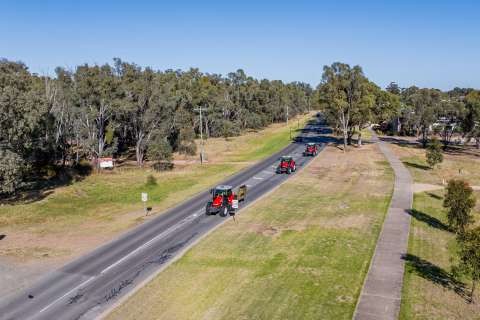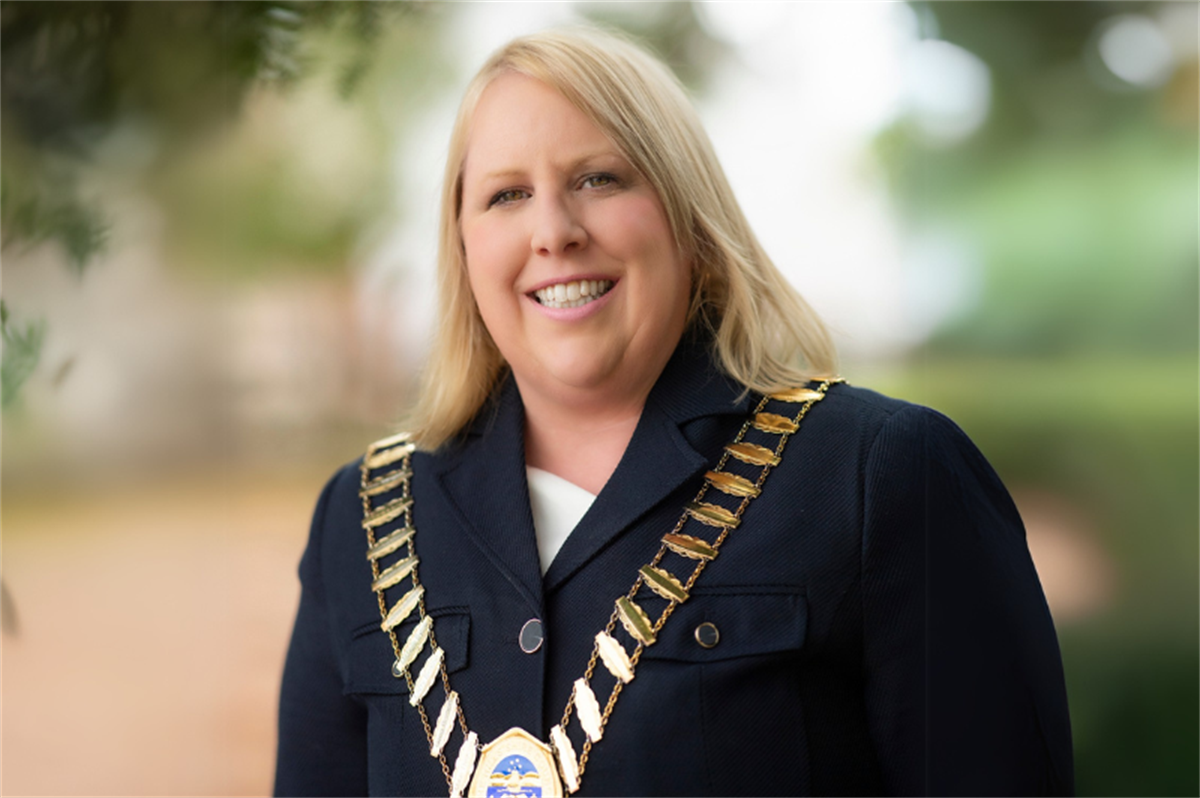Maritime NZ is reminding operators of the importance of ensuring workers are kept safe.
KiwiRail was this week sentenced in the Wellington District Court, following an incident on board the Aratere ferry in 2021. During the incident, a shunt crew member suffered a serious injury to his leg after he was pinned between two rail wagons while removing rail freight from the ferry.
Several failures were identified in KiwiRail’s processes to ensure the health and safety of its workers, so far as reasonably practicable, when moving rail freight on board the Aratere. KiwiRail also pleaded guilty to two additional charges of failing to notify Maritime NZ of the incident and failing to preserve the scene.
The injury happened while a KiwiRail shunt crew was unloading the rail wagons from the rail deck of the vessel. The wagons easily connect on straight lines, but there can be misalignment when connecting wagons on curves in the rail track. For that reason, coupling wagons on a curve is not considered to be good practice in any rail environment. It can create a risk of crushing injuries for anyone working in between the wagons.
KiwiRail admitted it failed to conduct effective hazard identification and risk assessment, develop and implement a safe system of work for rail shunting on board ferries, to effectively monitor compliance with existing Safe Operating Procedures. Finally, it failed to provide effective supervision of crews when loading and unloading rail wagons.
Maritime NZ Investigations Manager, Kelsey Walker says if safer systems of work were in place at the time of the incident, the injury to the victim could have been avoided.
“Excessive curvature in the rail tracks can result in wagons’ drawgear failing to line up properly. If this happens, workers can be required to enter a ‘danger zone’ between the wagons. In this case, multiple attempts at manually connecting the wagons were required.
“If more consideration was given to effective hazard identification and risk assessment procedures when loading and unloading wagons, the safety risks inherent in hooking up wagons on curved lines would have been identified.
“There could then have been fewer wagons connected together – this and other steps could have been taken by Kiwirail to minimise or eliminate the risk of this incident occurring.
“Most operators face risks in their day-to-day work, and the failings in this case aren’t just limited to the rail industry. They are indicative of improvements many businesses need to make to ensure workplace safety. Effective hazard identification and risk assessment is fundamental to good health and safety practice. It is about ensuring your organisation has the right steps to manage the risks workers face,” Kelsey Walker says.
Sentencing notes:
KiwiRail was fined $350,000, ordered to pay $30,000 in reparation as well as prosecution costs of $20,000.








